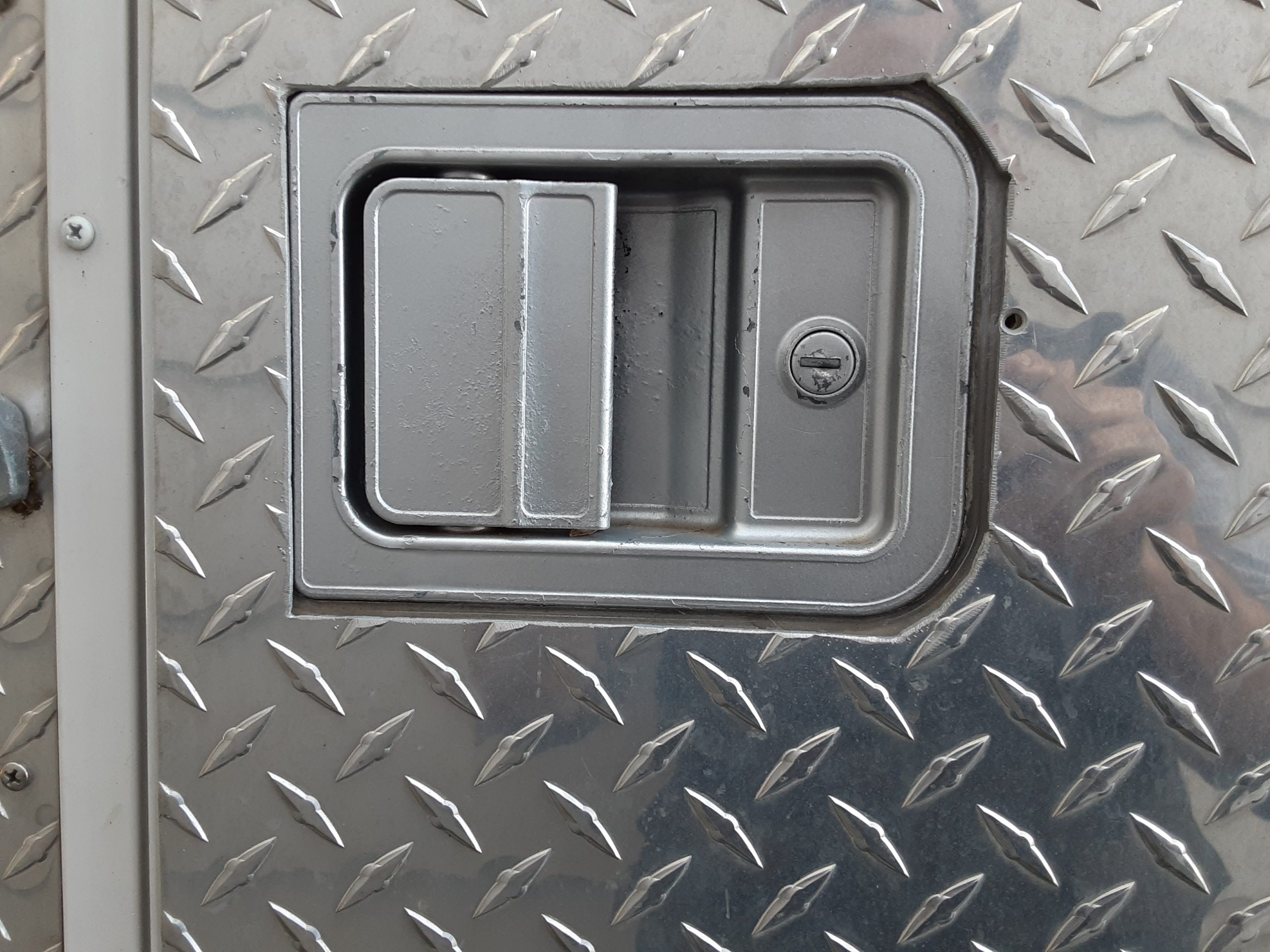If you have ever thought about joining the RV revolution that is sweeping the country, a class C RV is a great option. So, what makes a class c RV and super C different?
Everything you need is all in one vehicle and driving is not much different than taking the kids to soccer practice (well maybe just a little).
I love to travel in our class C and it is perfect to take a quick stop somewhere and never have to go outside in the rain. Need a drink, something to eat, or even take a quick cat nap, easy peasy.
The biggest downside for me is the lack of a vehicle once you get to your destination, but most class C RVs are very capable of towing along an exploration vehicle.
If you are researching these types of RVs, Gas or Diesel might be your next question. Let us help with a great article about which is better, Diesel or Gas.

What is a class C RV?
Class C is a motorhome built with a cab or cut-away chassis. A cab/cut-away chassis provides a front structure that looks like a van, including seats, a dash, opening doors, and body sheet metal. This RV is somewhat like driving a small truck or van which adds to its popularity. Typical towing capability of between 3-8 thousand pounds depending on engine and tow package.

What is a super C RV?
A Super C is similar to a Class C coach, but with a larger chassis and powerplant. An attached cab and an overhead bunk are usually part of the RV’s design. It offers many of the amenities of a Class A RV and is more powerful than standard Class C motorhomes. Usually, the chassis is built specifically for the RV, unlike a class C that uses a cargo van chassis. With a larger more powerful engine a super C has a much better towing capacity, upwards of 10-20 thousand pounds.
What makes a class C RV and super C different?
Pros and Cons of a Class C RV
Pros
- Easy to drive (some say like driving their car)
- All the amenities of home
- Getting in and out of campsites (some are a little harder)
- Overhead storage or bed
- Great for traveling down the road (all in one use)
- No tow vehicle needed
- No hitching and unhitching
- Cheaper than most motorized RVs
- No need to leave the RV if taking a break or need something out of the RV
Cons
- Still comes at a hefty price
- Poor fuel economy
- Limited storage
- Usually needs to be stored when not in use (storage fees)
- Limited sleep space on most
- Can be a noisy journey
- Need another vehicle to explore (unless you break camp and take an RV with you)

Pros and cons of a super C
Pros
- Great ride
- Tow weight ability
- Large wheelbase for better safety
- More power
- Easier to drive compared to a Class A
- Service center availability (any truck mechanic shop)
- More storage bay room
Cons
- Interior space similar to a regular class C
- Sticker shock compared to a class C (200K upwards of 800K)
- Low fuel economy as with most RVs
What’s new this year for both these RV types

If you are researching these types of RVs, Gas or Diesel might be your next question. Let us help with a great article about which is better, Diesel or Gas.
Resources
5 Class C’s featuring a King size bed




